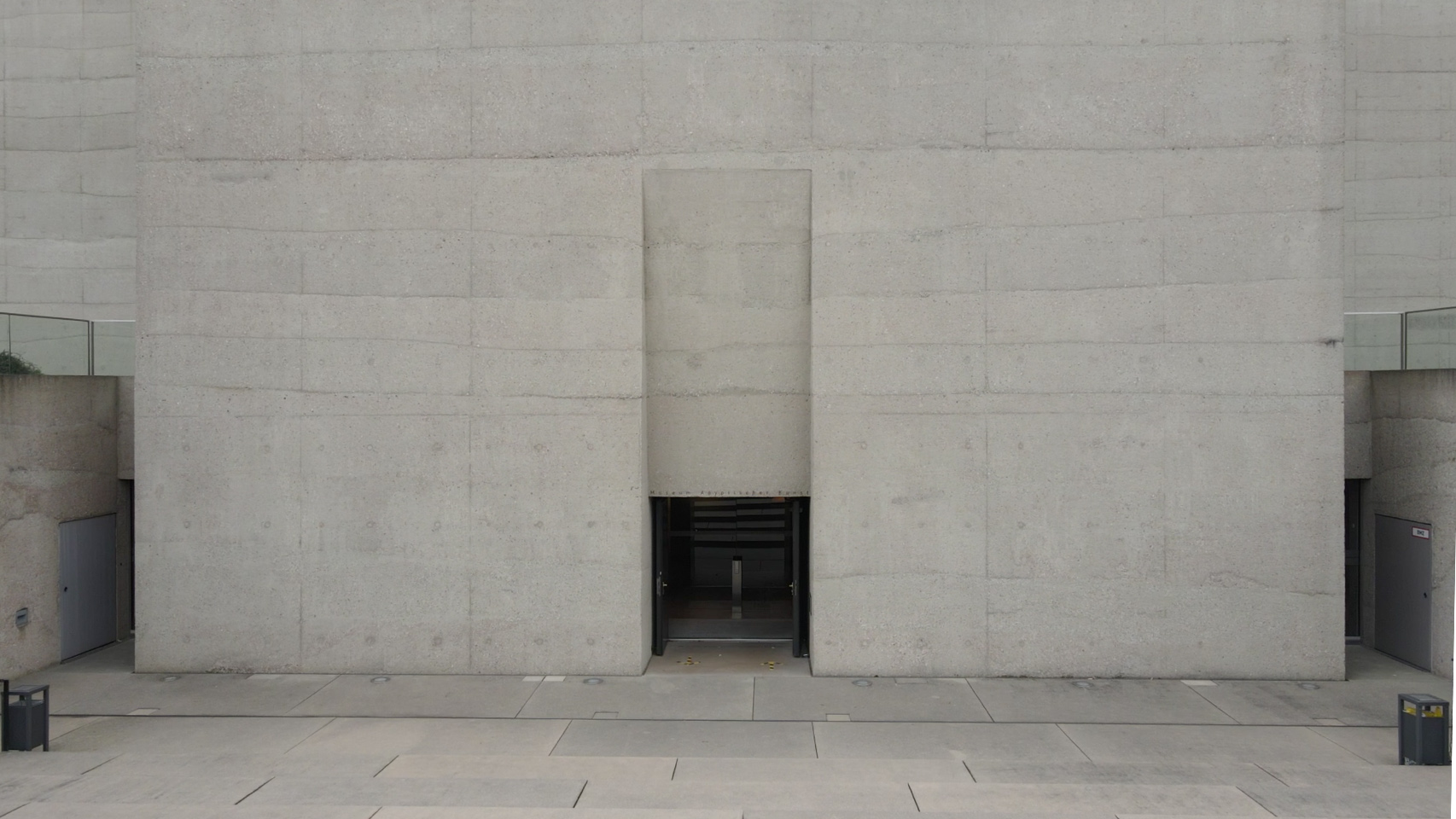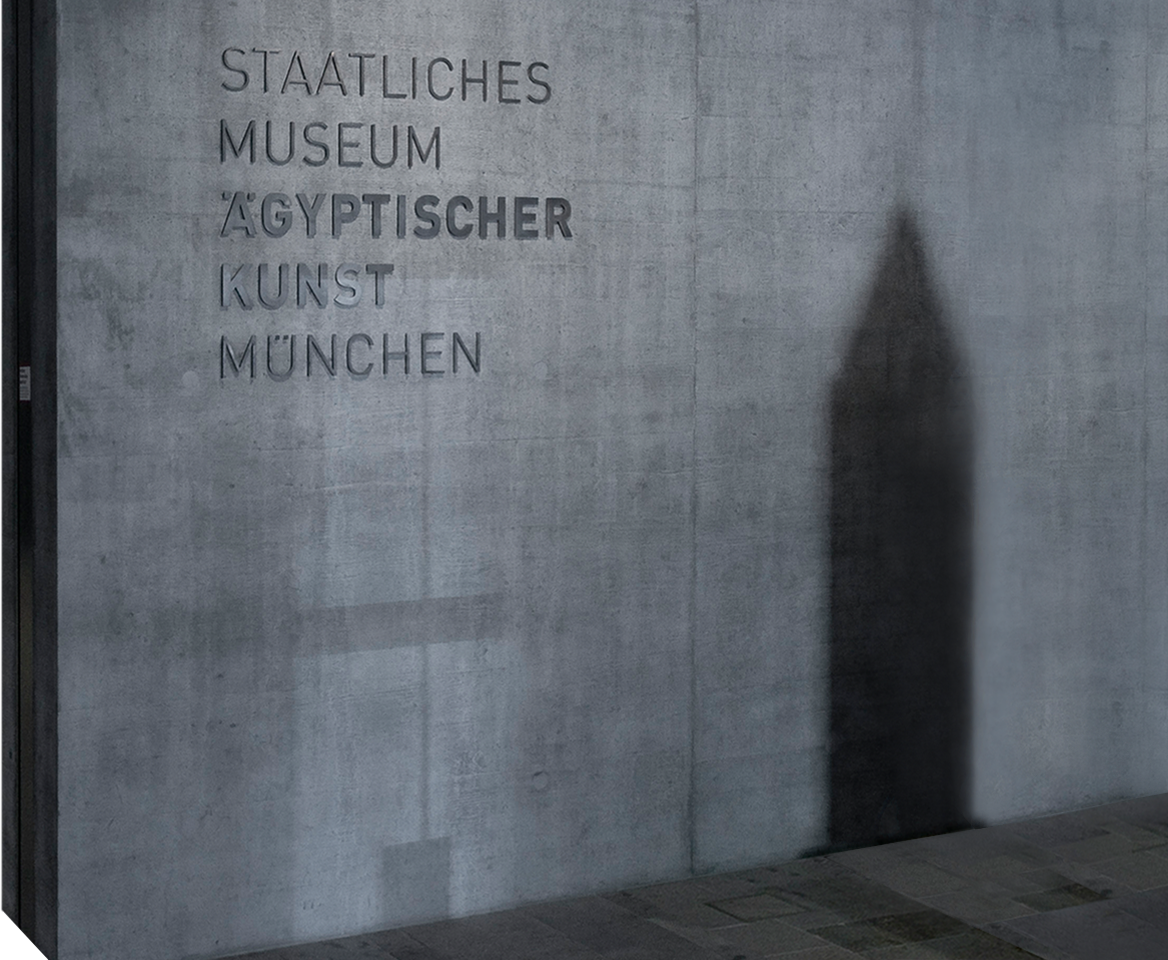Art and Form
Art and Form









STYLE
Whether in sculpture or relief, the formal composition and iconography of an Egyptian work of art, both firmly anchored in tradition, provide a framework in which style can flourish. Style, while always the product of its time, is where the artists’ creativity as well as the individuality of the customer come into play. Stylistic analysis is vital for accurately dating a work of art and is also one of the main criteria for demasking fakes.
“ART AND FORM”
With sculptures representing the most important artistic medium in ancient Egypt, their choice and arrangement in the first exhibition hall follow the principles used by art historians to describe statues, starting with formal composition (the types of statues), then going on to iconography and ending with stylistic details.
ARCHITECTURE
Once past the low, dimly-lit entrance foyer, visitors enter the exhibitions rooms by going down a long flight of shallow steps – and descend into the light. Indeed, the first exhibition hall is not, as might be expected, shrouded in the mysteries of Egypt nor are visitors plunged into the gloom of the Underworld; instead, what awaits them is a high-ceilinged hall bathed in daysunlight, illuminated by an atrium that stretches the whole length of the hall.
360° PANORAMA
360° PANORAMA






TYPICALLY EGYPTIAN
Every room has a media station that provides additional information about the subject of the room. The texts are available in German, English, and Plain German. The one in the room “Art and Form” explains the various different types of statues and their functions, starting with standing-striding and seated figures, followed by block, kneeling and scribe statues. Statues from the exhibition are used as examples to illustrate concepts of iconography and stylistic details.
COLLECTION
Ludwig I was only still Crown Prince when, in 1814, he acquired this life-sized granite statue of the falcon-headed god Horus in Rome. It was destined for his future Glyptothek museum, where it would grace the “Egyptian Hall” that preceded the rooms dedicated to Greek and Roman art. This statue had been discovered in 1636 in Rome, where it had been brought in antiquity by the Romans to serve as decoration for a sanctuary to Isis.
ENTRANCE PORTAL
The entrance to the State Museum of Egyptian Art in the Kunstareal is marked by an entrance pylon rising up to a height of 17m (ca. 55 ft) before the façade of the University of Television and Film. A wide flight of steps below the pylon leads visitors down to the entrance of the underground museum.
ICONOGRAPHY
The iconographic details on reliefs and statues provide a lot of information about the identity of the person depicted. This includes skin colour, clothing, hairstyle, wigs, jewellery and attributes, all of which provide clues about the date of the sculpture, the region the person depicted came from, their profession and their social status. The iconography of divine figures – their attributes and crowns – can help identify the gods or goddesses by name. Kings and gods can be distinguished by the shape of their beards.
CONCEPT
The name of the museum – State Museum of Egyptian Art – reveals the intent behind the collection. Though most Egyptian museums and collections exhibit art from Ancient Egypt, the ways in which it is presented and explained is unique to the Munich museum.
Another specific aspect of this museum is the way its content is arranged. The exhibition circuit is arranged not chronologically, but thematically. Beginning with “Art”, each of the 14 rooms is dedicated to one subject, illustrating the many diverse facets of Egyptian culture.
3D SCAN